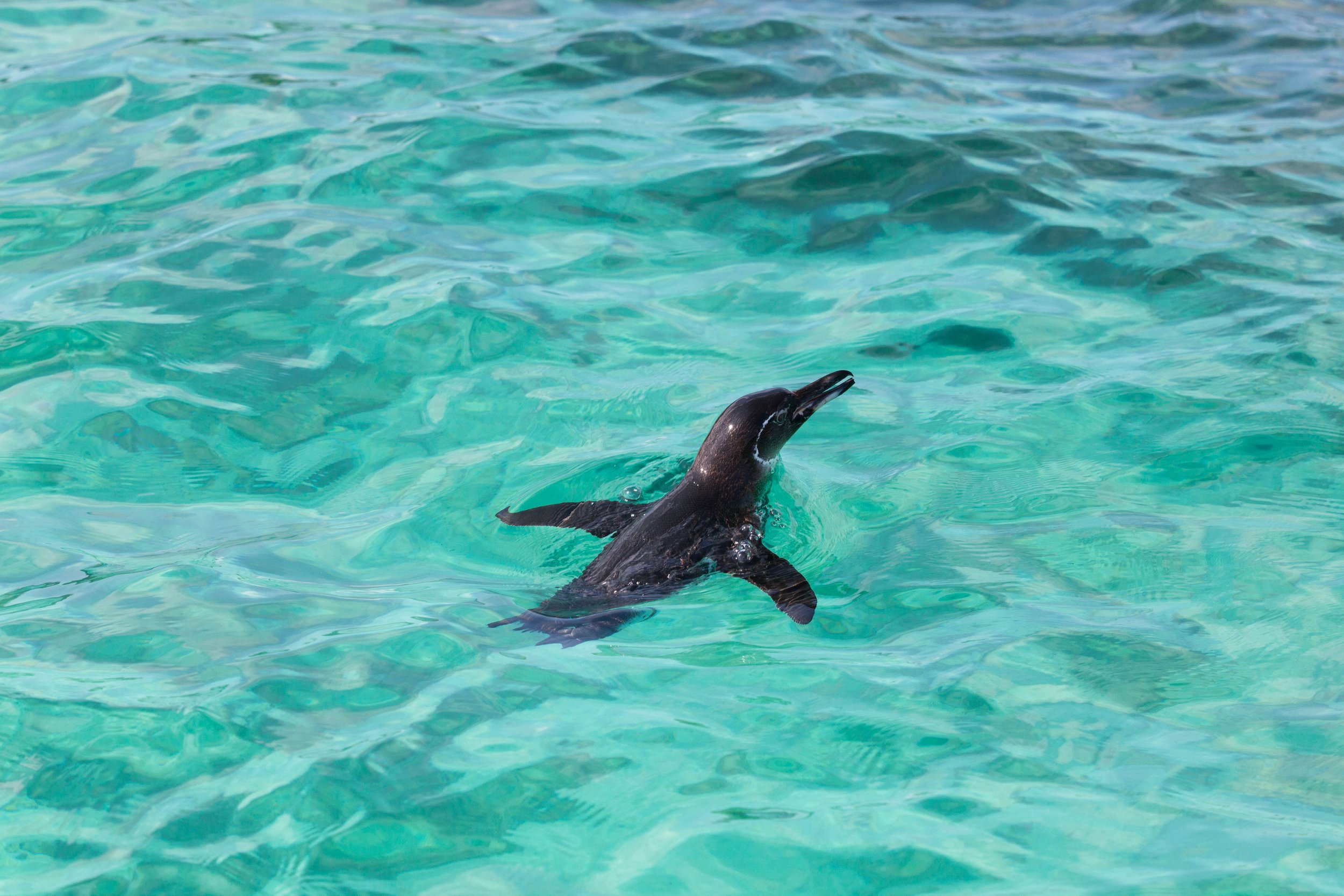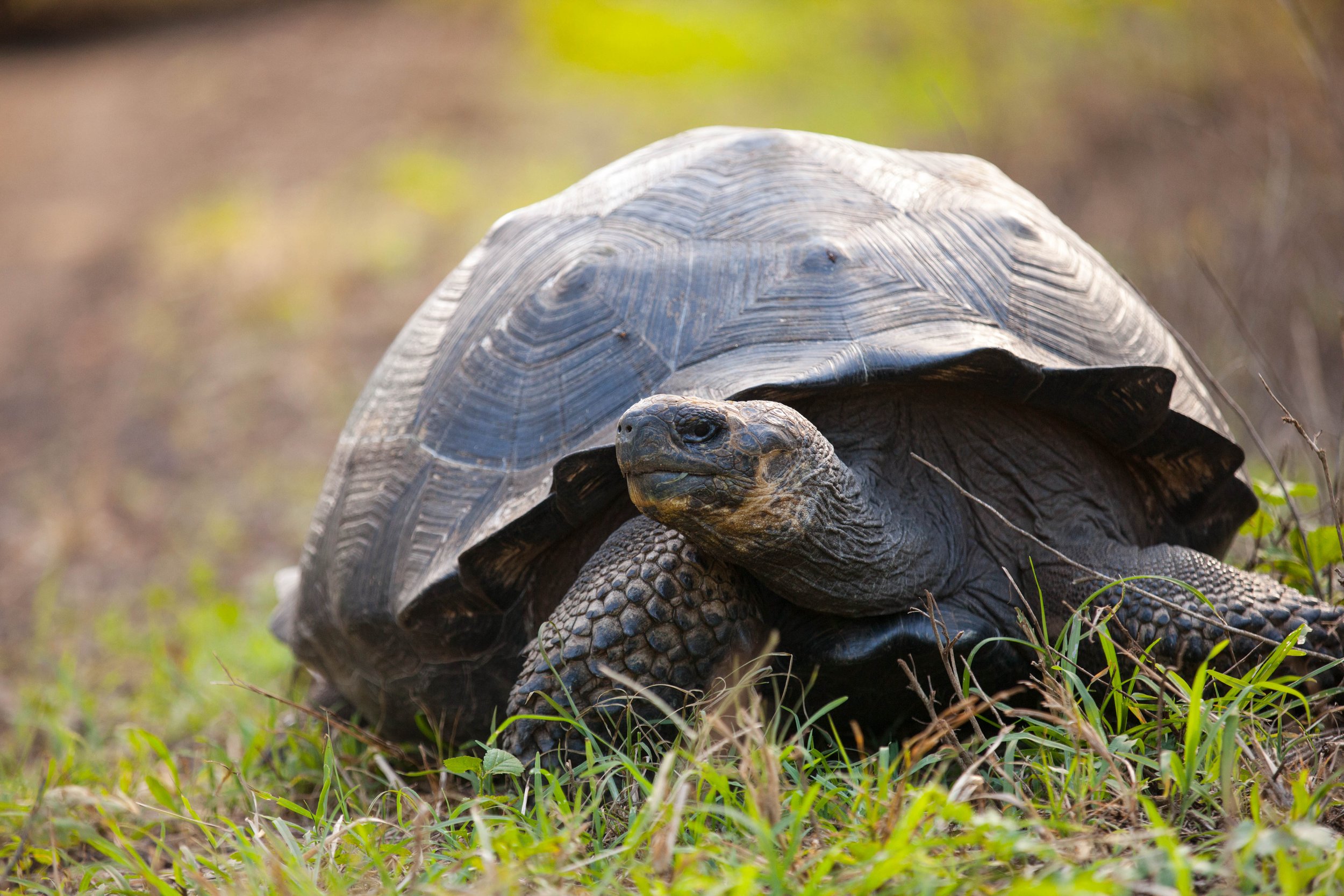
Blog
Quiet Season, Wild Encounters: Why Travel to the Galápagos in Fall
in Blog Posts
Quiet Season, Wild Encounters: Galapagos in Fall
October-November in the Galapagos Islands
There’s no real “off-season” in the Galápagos—the islands are always alive. But in October and November, they shift into a rhythm we’ve come to love. The seas are cooler, the sea lion pups are exploring, and the marine life is bustling. Best of all, there are fewer travelers on the trails and in the water, making this a perfect time for quiet, immersive exploration.
For many of our guests, visiting the Galapagos in fall deepens their connection, thanks to the slower pace and quieter moments. Especially when shared with a thoughtful, experienced guide and a small group of like-minded travelers.
A Season of Marine Abundance
October & November fall within Galapagos’ “cool and dry” season, with average temperatures in the high 60s to mid 70s and lower humidity. The cool Humboldt current, flowing north from the tip of South America, brings a surge of nutrients into the water, triggering a feeding frenzy among marine life.
It’s not the season for crystal-clear water, but the tradeoff is rich: docile reef sharks cruise the shallows, penguins dart beneath the surface, sea lions spin and tumble through schools of fish. Wetsuits cut the chill and keep you comfortable swimming alongside green sea turtles and rays—or watching sea lion pups bark and play just feet away.
More Room to Breathe
October and November see fewer visitors across the Galápagos, and that makes a noticeable difference. Site visits feel more private. Wildlife is less disturbed. And the rhythm of each day feels a little less rushed.
Our small group size of just 16 guests means we’re already traveling in a way that’s intimate and low-impact. But in this season, the advantages multiply. We have more moments alone at iconic sites, more time to linger, and more space for spontaneous discoveries.
Guiding That Goes Deeper
The Galápagos always delivers on its promise of wildlife, but how that wildlife is seen, understood, and remembered depends on your guide. Ours have spent decades on the water and trails, but what really sets them apart is their care—for the place and for the people they travel with.
They’re skilled naturalists, yes—but they’re also good company. Warm, curious, and attentive to both the big picture and the tiny details that bring it to life. With them, a snorkel becomes a story. A quiet moment becomes a memory. Thanks to all the time you’ll get to spend with them, from lectures and guiding on shore, to meal-time conversation, you’ll come home not only having experienced the Galapagos more deeply than most, but also with an enriched sense of care for the wildlife and the challenges it faces.
Fall Wildlife Highlights
•Green sea turtles begin mating and nesting (Oct–Nov)
•Waved albatross chicks preparing to fledge on Española (Oct-Nov)
•Sea lion pups at their most playful (Oct–Nov)
•Blue-footed booby chicks still visible in some colonies (Oct)
•Flightless cormorants continue nesting (Oct)
•Marine iguanas gather and feed on algae (Oct–Nov)
•Excellent snorkeling with reef sharks, rays, penguins, and large fish schools (Oct–Nov)
Why We Keep Returning
October and November may be considered “off-season” by some, but for us, they are one of the most rewarding times to explore the islands. The energy is different. The encounters feel more intimate. The connection—between traveler, place, and wildlife—deepens.
If you’ve ever dreamed of experiencing the Galápagos in a quieter, more intimate way, fall is the perfect season.










